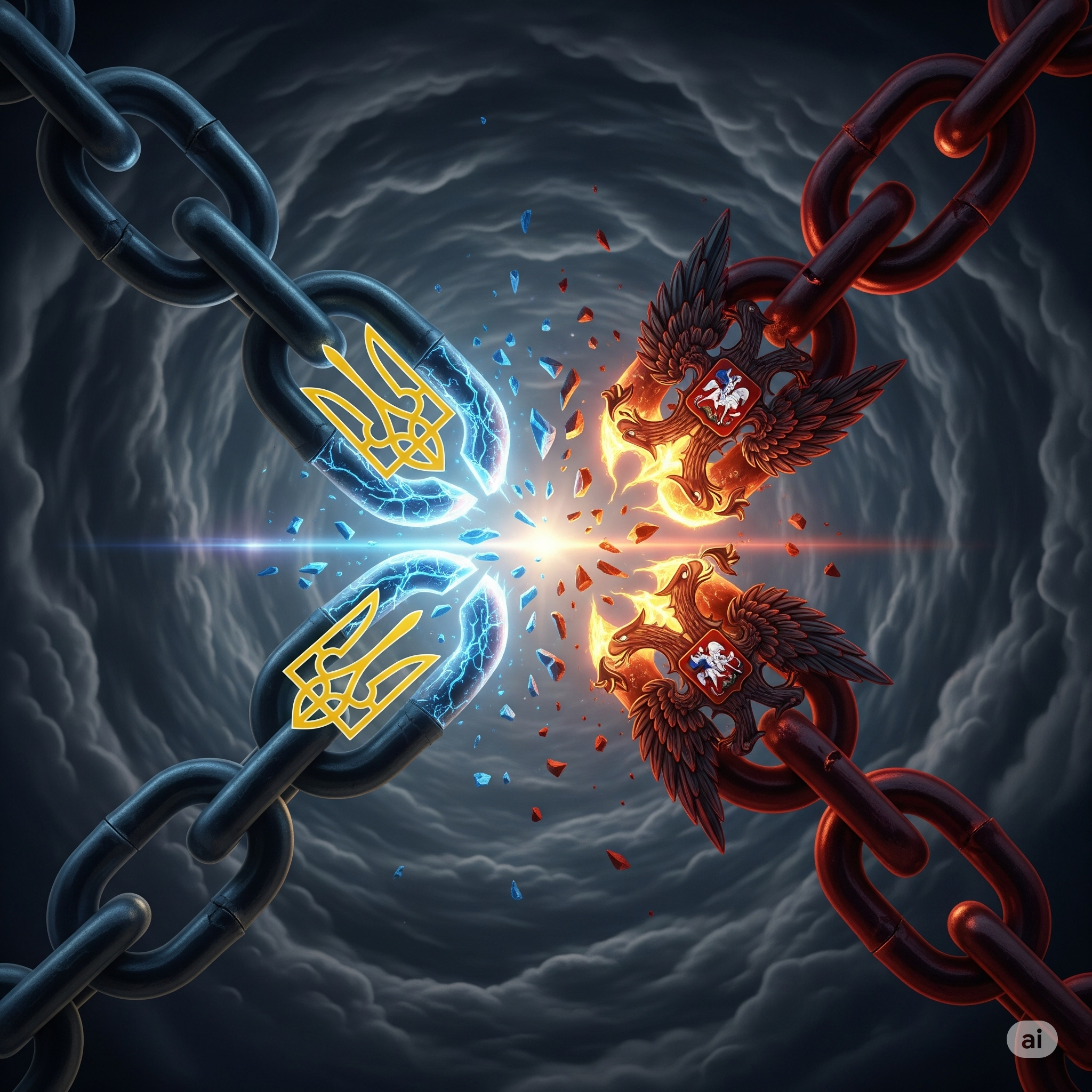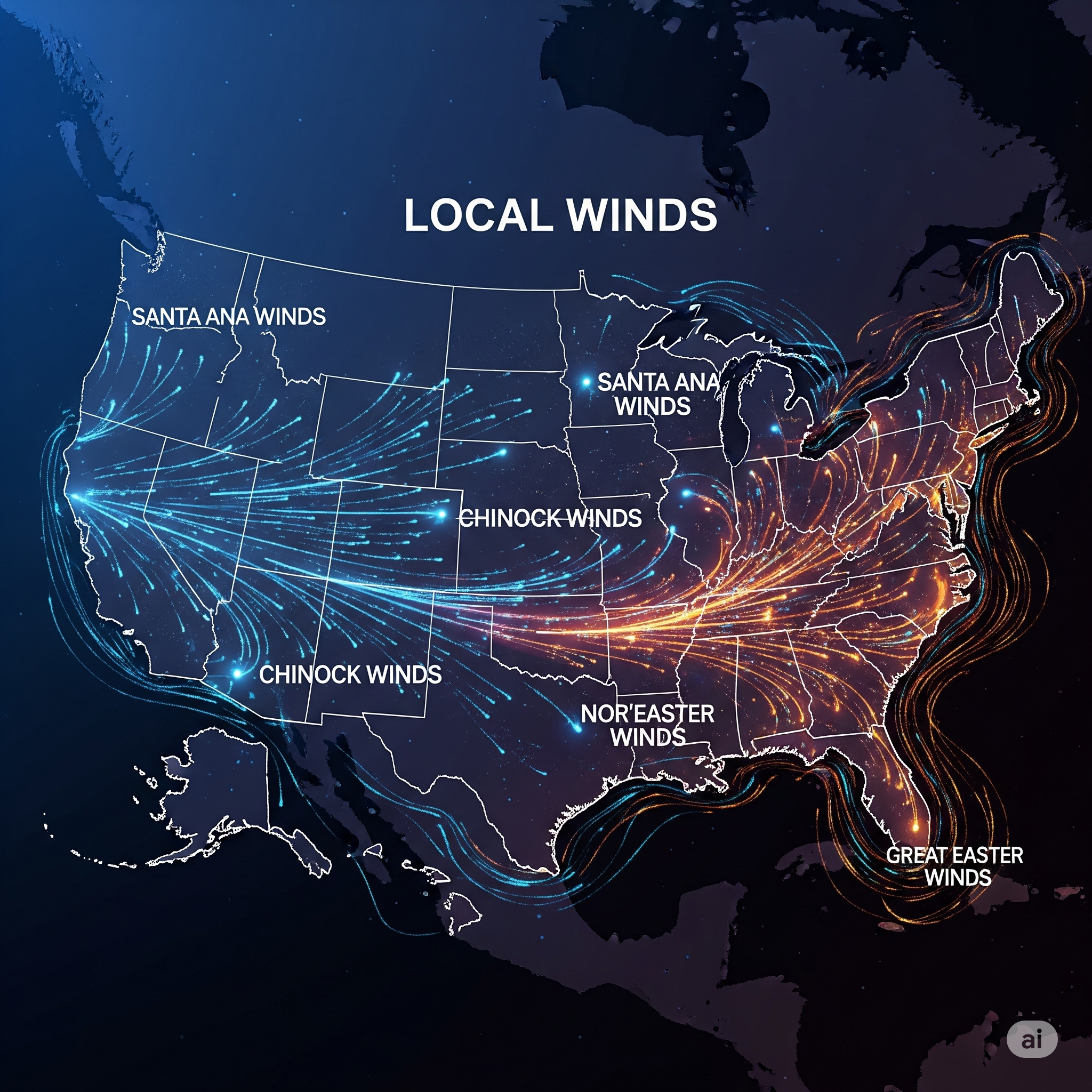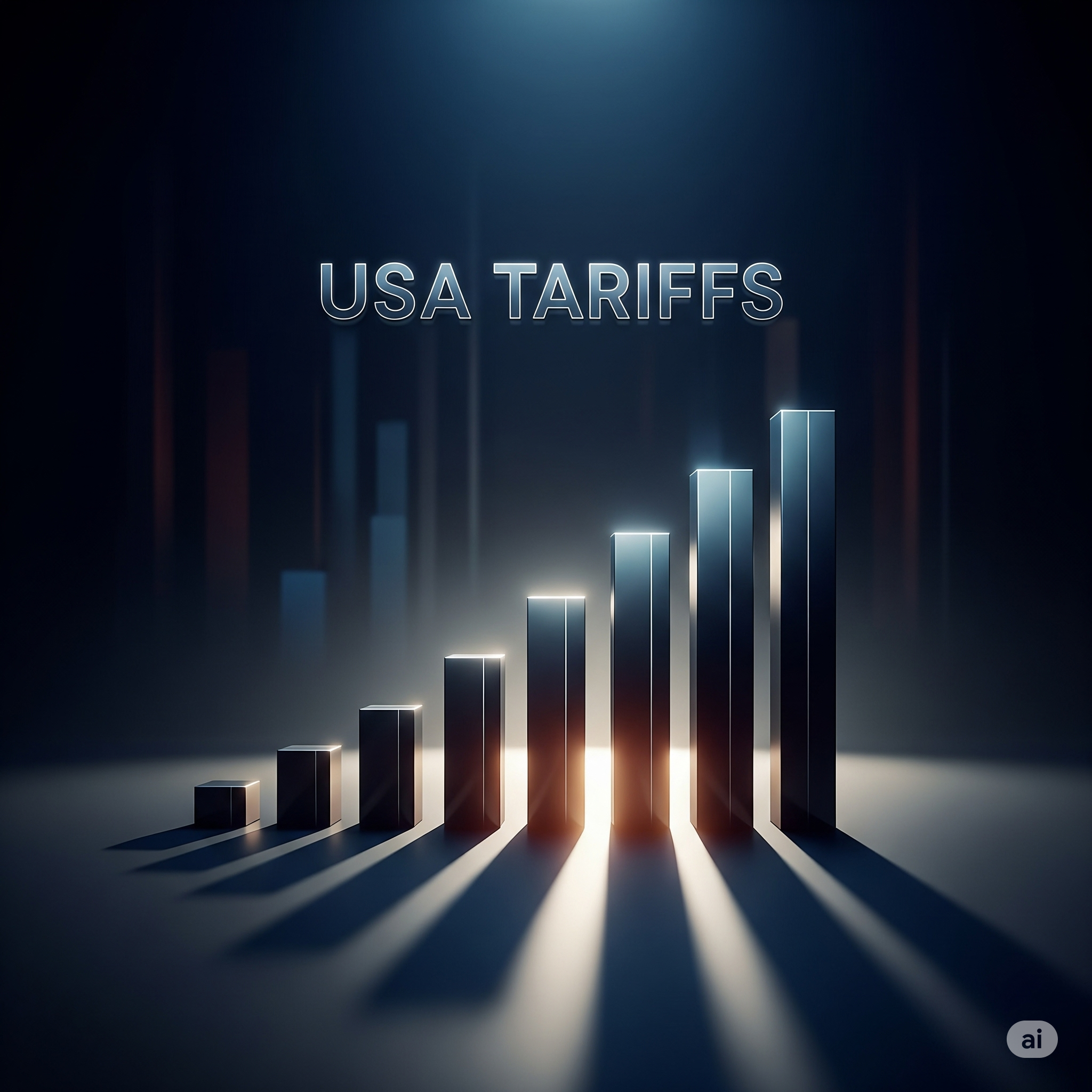Introduction
The conflict between Ukraine and Russia has emerged as one of the most significant geopolitical crises of the 21st century. While it escalated dramatically with Russia’s full-scale invasion of Ukraine in February 2022, the roots of the war lie in a long and complex history of cultural ties, political disputes, and competing spheres of influence. The Ukraine–Russia war is not just a bilateral dispute but a global conflict with far-reaching consequences for international security, global energy, trade, and diplomacy.
This article explores the history of Ukraine–Russia relations, the causes that led to the war, the major developments during the conflict, and possible scenarios for the future of their relationship and global order.
Part I: Historical Background of Ukraine–Russia Relations
1. Early Historical Ties (Kievan Rus’ and Cultural Roots)
- Ukraine and Russia share a common cultural and historical foundation that dates back to the Kievan Rus’ (9th–13th century), a powerful medieval state centered in Kyiv.
- Both Russians and Ukrainians trace their cultural and religious origins to this state, especially after the adoption of Christianity in 988 AD.
- Over centuries, however, Ukraine’s identity diverged, as parts of its territory came under Polish, Lithuanian, Austro-Hungarian, and Ottoman influence, while Russia consolidated as the Tsardom and later the Russian Empire.
2. Ukraine under the Russian Empire
- By the 18th century, most Ukrainian lands fell under Russian rule.
- Ukrainian language, culture, and autonomy were suppressed to integrate the region into a “Greater Russia.”
- However, national consciousness grew during the 19th century, laying the groundwork for future independence movements.
3. Soviet Era (1922–1991)
- After the Bolshevik Revolution, Ukraine briefly declared independence in 1917 but was absorbed into the newly formed Soviet Union in 1922.
- Ukraine suffered devastating events under Soviet rule:
- The Holodomor (1932–1933), a man-made famine, killed millions of Ukrainians.
- Massive industrialization and Russification policies weakened Ukrainian cultural autonomy.
- During World War II, Ukraine was a major battlefield, and after the war, it became one of the most industrialized Soviet republics.
- Despite hardships, Ukraine gained a sense of importance as the “breadbasket” of the USSR and as a center of Soviet military and industrial power.
4. Independence in 1991
- With the collapse of the Soviet Union, Ukraine declared independence on August 24, 1991.
- In a referendum, over 90% of Ukrainians voted for sovereignty, signaling a clear desire for independence from Moscow.
- Russia, under Boris Yeltsin, initially accepted Ukrainian independence but retained strong cultural and economic influence.
Part II: The Growing Divide Between Ukraine and Russia
1. Nuclear Disarmament and Security Guarantees
- At independence, Ukraine inherited the world’s third-largest nuclear arsenal.
- Under the Budapest Memorandum (1994), Ukraine gave up its nuclear weapons in exchange for security guarantees from the U.S., UK, and Russia—promises that would later prove fragile.
2. Political Orientations: East vs. West
- Ukraine has long been divided between:
- The pro-Russian East and South, with strong cultural and linguistic ties to Russia.
- The pro-European West and Central Ukraine, seeking integration with the EU and NATO.
- This divide shaped Ukraine’s politics, with governments alternating between pro-Moscow and pro-West stances.
3. Orange Revolution (2004)
- Widespread protests erupted after a fraudulent presidential election that favored pro-Russian candidate Viktor Yanukovych.
- The movement forced a re-election, resulting in a victory for pro-Western candidate Viktor Yushchenko.
- This event marked the first major challenge to Russia’s influence in Ukraine.
4. Euromaidan and the 2014 Crisis
- In late 2013, President Yanukovych (again in power) abandoned plans for an EU Association Agreement under pressure from Russia.
- Mass protests, known as Euromaidan, broke out in Kyiv demanding closer ties with Europe.
- The government’s violent crackdown escalated tensions, leading to Yanukovych’s ouster in February 2014.
Part III: The Road to War
1. Annexation of Crimea (2014)
- Russia responded to Yanukovych’s fall by annexing Crimea in March 2014, citing protection of Russian-speaking populations and strategic interests in the Black Sea.
- This was the first forcible annexation of territory in Europe since World War II, condemned widely by the international community.
2. War in Donbas (2014–2021)
- Pro-Russian separatists in Donetsk and Luhansk (Eastern Ukraine) declared independence with Russian support.
- A brutal conflict began, claiming over 14,000 lives before the 2022 escalation.
- Peace efforts like the Minsk Agreements (2014, 2015) failed due to mistrust and violations by both sides.
3. NATO and Geopolitical Tensions
- Russia has long opposed NATO’s eastward expansion, viewing it as a threat to its security.
- Ukraine’s aspirations to join NATO became a major flashpoint, with Moscow declaring it a “red line.”
Part IV: The 2022 Full-Scale Invasion
1. Russia’s Objectives
- On February 24, 2022, Russia launched a large-scale invasion of Ukraine.
- Stated goals included:
- “Demilitarization and denazification” of Ukraine (propaganda justification).
- Preventing Ukraine from joining NATO.
- Securing control over strategic regions.
2. Ukraine’s Response
- Ukraine mounted a strong defense, supported by massive Western military, financial, and humanitarian aid.
- President Volodymyr Zelenskyy emerged as a global symbol of resistance.
3. Global Reaction
- The U.S., EU, and allies imposed severe sanctions on Russia, targeting banks, oligarchs, and energy exports.
- NATO strengthened its eastern flank and increased military support for Ukraine.
- The war caused global economic shocks: rising energy prices, food insecurity, and disrupted supply chains.
Part V: Consequences of the War
1. Humanitarian Crisis
- Millions of Ukrainians displaced internally or as refugees.
- Civilian casualties and widespread destruction of infrastructure.
2. Economic Impact
- Ukraine’s economy devastated; reconstruction needs estimated at hundreds of billions of dollars.
- Russia isolated from Western markets but strengthened ties with China, India, and the Global South.
3. Military Lessons
- Modern warfare highlighted: drones, cyberattacks, hybrid tactics.
- Western weapons significantly shaped Ukraine’s defense.
4. Global Power Shifts
- Renewed Cold War-style divide between Russia and the West.
- Strengthening of NATO, with Finland and Sweden applying for membership.
- The rise of multipolarity as non-Western powers (China, India, Turkey) sought to balance relations.
Part VI: The Future of Ukraine–Russia Relations
1. Possible Scenarios
a) Frozen Conflict
- The war could settle into a prolonged stalemate, similar to North and South Korea, with no formal peace but no active full-scale fighting.
b) Negotiated Settlement
- Peace talks could lead to compromises, possibly involving territorial concessions or neutrality pledges. However, deep mistrust makes this difficult.
c) Ukrainian Victory
- With Western support, Ukraine might reclaim territories, though full recovery of Crimea remains uncertain.
d) Russian Consolidation
- Russia could entrench its control over occupied territories, integrating them politically and economically.
e) Wider Escalation
- Risk of the conflict spilling over into NATO–Russia confrontation, especially if miscalculations occur.
2. Long-Term Implications
- Ukraine’s future lies in strengthening ties with the EU and NATO, regardless of war outcomes.
- Russia faces long-term isolation from the West, pushing it toward Asia.
- The war reshapes global geopolitics, influencing energy security, trade routes, and international alliances.
Conclusion
The Ukraine–Russia conflict is not a sudden event but the culmination of centuries of shared history, cultural ties, political struggles, and geopolitical rivalry. From the medieval Kievan Rus’ to Soviet domination, from independence in 1991 to the current war, Ukraine’s fate has been intertwined with Russia’s ambitions.
The 2022 invasion marked a turning point, exposing the fragility of international law and the deep divisions in the global order. While the future remains uncertain, one thing is clear: the Ukraine–Russia conflict will shape not only Eastern Europe but also the broader dynamics of global politics for decades to come.




